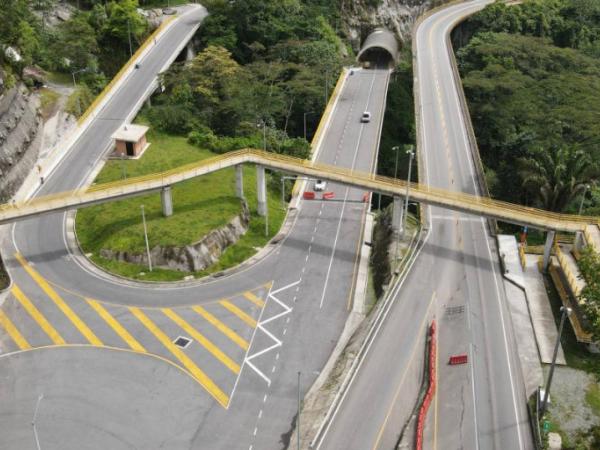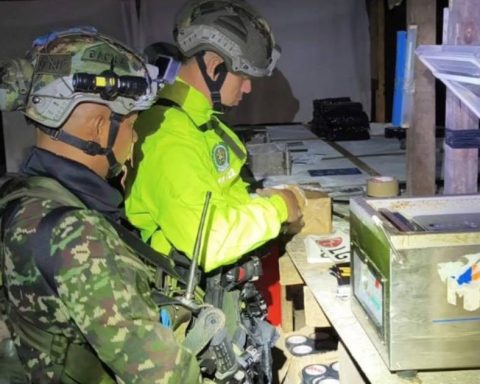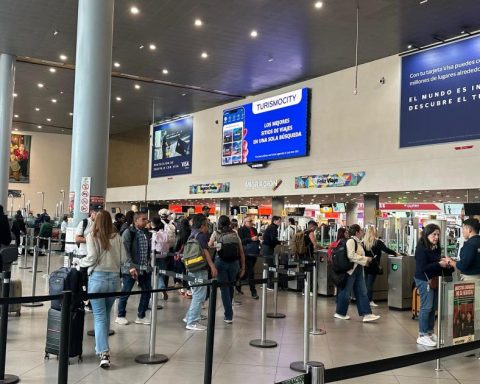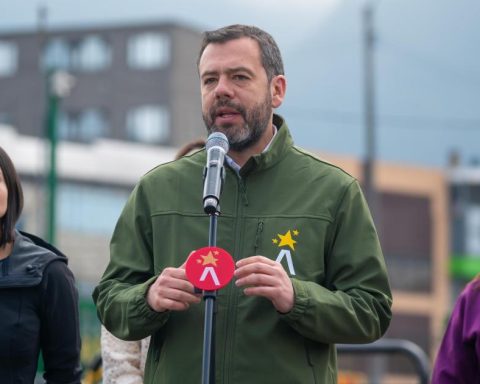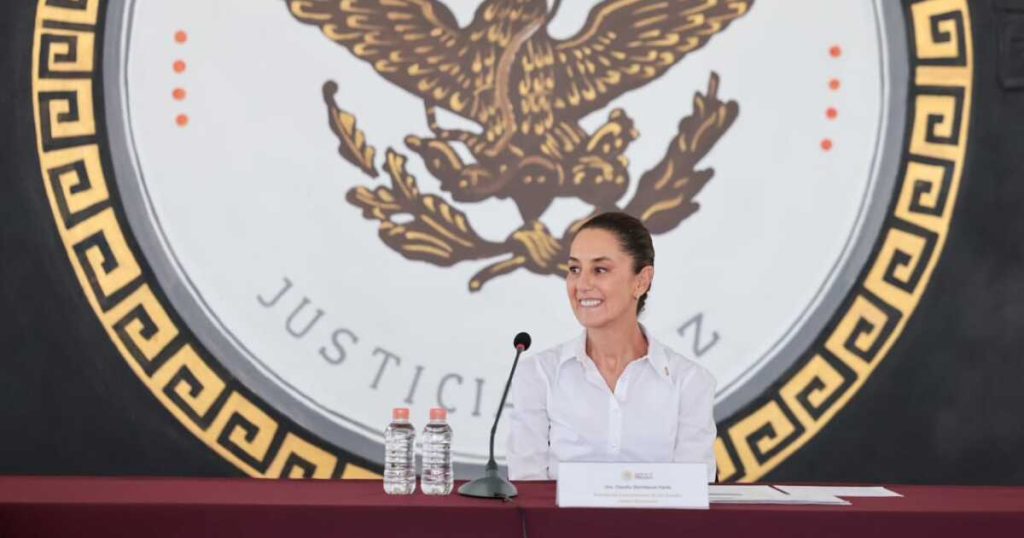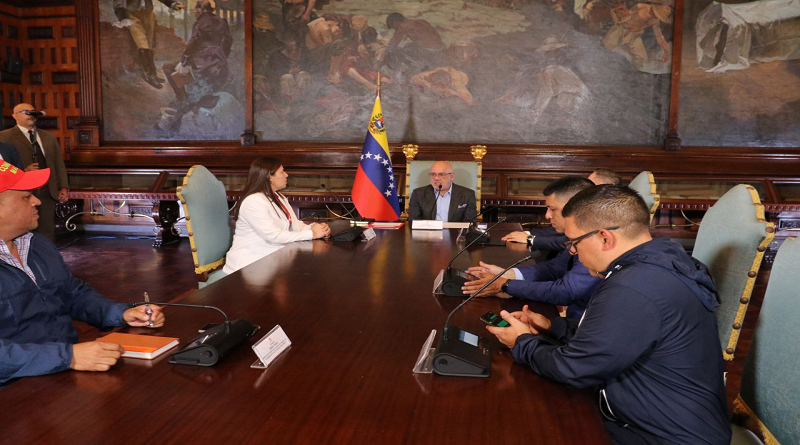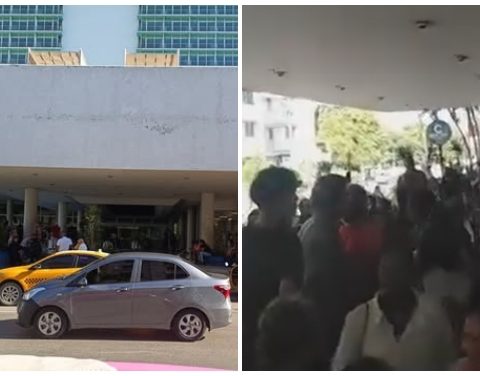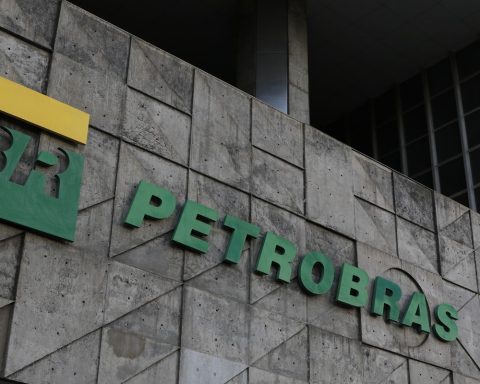Humberto Arenas is one of those Colombians who can say with certainty that he knows the country. First as a truck driver and then as a small road transport businessman, he has traveled the national territory so many times that he lost count a while ago.
Because of this, he knows what he is talking about when he describes the state of the roads. “Antioquia, the Valley and a part of Boyacá and Cundinamarca are fine“, he says from Bucaramanga, where he lives. “On the other hand, in Santander things are very bad, not to mention the journey to the Coast or Cauca, where apart from sections that look like trails, there are safety problems,” he adds.
(See: In December, 21 kilometers of Bogotá-Girardot third lane would be delivered).
Recognize that in general Things have changed for the better since when he started taking the wheel, but he insists there is still a lot to do. “One gets excited about the announcements of the works that are coming and it takes years to see results”, he concludes.
How much has been achieved in recent times is a matter of debate? For those who look at the glass half empty, what was once described as “the locomotive of infrastructure” is now moving at a pachydermal pace. On the contrary, those who say it is half full assure that progress continues.
Infrastructure.
everyone puts
In favor of this argument would be the most recent data on the behavior of the economy. As reported by Dane last Monday, The ‘Construction of roads and railways’ chapter had an expansion of 16.5% in real terms during the third quarter of 2024, a figure much higher than the 2% registered for the Gross Domestic Product as a whole.
Thanks to this performance, it has been possible to more than compensate for the decline in building activity, which still does not raise its head. Prima facie, It would be fulfilling the request made by those who insist to the National Government on the need for a countercyclical strategy to give more vigor to the industry and employment.
(See: Underdevelopment and maintenance).
However, the matter deserves a more detailed look, which will surely be deepened this week in Cartagena on the occasion of the Congress of the Colombian Chamber of Infrastructure. An initial examination reveals that, although the Petro administration righted the course after almost two years of misleading signals, the main credits for now belong to others.
To cite a specific case, the intensification of the works on the Bogotá metro has made a difference, especially at this stage, in which Progress is being made on the nearly 24-kilometer viaduct through which the elevated train that will operate in 2028 will pass. During the current mayor’s office alone, the investment budget for the initiative is about 20 billion pesos, which makes it the largest project in the history of the country.
Although the Ministry of Finance has fulfilled its commitments to finance up to 70% of the cost of the venture, it is no mystery to anyone that the Casa de Nariño tried at the time to derail the current contract. With some frequency, the President of the Republic once again criticizes the design that was left, to highlight the advantages that an underground line has in its concept.
Even so, it seems that the attempt to wipe the slate clean was left behind, beyond the president’s attacks on his social networks. On complementary fronts, As in the expansion of the TransMilenio network, the Capital District also gives a boost to a segment that has links with industries such as cement or steel. Something along the same lines is observed in departments and municipalities, after the administrations that started in January began to finalize their plans.
But clearly the determining factor is what is done at the national level. In this regard, the Executive took several lurches during the first half of the current four-year period.
Part of it had to do with the inexperience of those who arrived. No less important was the ideological bias that initially led the Historical Pact to view with resentment the presence of the private sector in an activity that, from its conceptual approach, should be carried out exclusively by the State. It is enough to remember the presidential speeches according to which highways are for the rich and his complaint that the commitments made make it impossible to increase social spending.
Measures such as not raising tolls at the beginning of 2023 – whose collection is key to the sustainability of the concessions model – had the dual purpose of ingratiating themselves with road users and putting pressure on construction firms. As time went by, it became clear that the cost of the decision ended up hitting the national budget, which is why a regularization process was launched that will involve readjustments close to 15% between last August and next January 1, 2025.
(See: Due to complaints, the Comptroller’s Office identified 1,468 ‘white elephants’ and critical projects).
Now the waters are calmer, something that is directly related to the arrival in office of people who know about the matter. When the Ministry of Transportation is asked what government policy consists of, it points out that it is made up of two large areas.
The first is related to strengthening competitiveness through five programs that include airports, development of the railway mode, navigability of large rivers, dredging of access channels in port areas and intervention in road corridors. Such emphases are similar to those of past administrations and are inclined towards greater insertion of the economy in the international arena.
Apart from the above, there is a phase with a social focus aimed at populations living in places far from large urban centers. Here priority is given to community roads, river docks and jetties and essential air services.
None of the above is debatable, since everything aims to close a gap that still places Colombia in low positions within regional or global classifications. Perhaps the most significant thing is that, in practice and without ignoring additional emphasis, what came before was respected.

Infrastructure.
That is something very important, in light of the effort made in the last three decades. As expert Juan Benavides highlights, The Public Private Partnership (PPP) scheme resulted in 2,927 kilometers of new national roads built between 1990 and 2023, of which almost a third correspond to dual carriageways.
Apart from the above, until last year there had been 72 new tunnels and 1,194 bridges and viaducts that have been definitive in improving mobility. in a complex geography like Colombia. Only between 2012 and 2024, adds Benavides, This model has mobilized more than 71 billion pesos in operating expenses.
Put into perspective, the so-called fourth generation concessions, which at the beginning of the Petro administration showed an advance of 67%, are now at 85%. There are a few threads left to tie up, but these can be counted on the fingers of one hand.
(See: Construction of mines, the marker of the civil works production indicator).
Achieving such an improvement would have been almost impossible otherwise. What has become evident is that the execution of projects takes less time and resources end up being allocated more efficiently, due to this scheme.
The above does not at all ignore the importance of public undertakings that have every reason to exist, especially in those places where traffic volumes are relatively low or there are reasons of strategic convenience. Given that state resources are limited, it sounds more logical for private capital to arrive and solve several shortcomings.
In this field, Colombia is a case in point, among others, because it has learned to improve the score it began playing more than 30 years ago. The country’s trajectory has inspired a good part of Latin America, regardless of the orientation of the governments in power. Without going any further, in Brazil, Mexico and Argentina there are ambitious programs underway that involve multinational firms specialized in infrastructure.

Infrastructure
Uphill
Once we have recognized what happened, there is no shortage of problems. For example, There are growing complaints from Invías contractors due to late payments, that exceed six months of expiration.
(See: Line 1 of the Bogotá Metro is 40% complete: what’s coming for 2025?).
At the same time, the emphasis on tertiary pathways has not translated into great results on the ground. Part of this mediocre balance is related to the delivery of money to Community Action Boards that do not necessarily know how to manage well what they receive from the Government, and part to the complexity of a system that is not easy to navigate from the distance of the territories.
Nor can we ignore issues that generally involve the sector, such as environmental permits and community management, which are undoubtedly more demanding now. That, apart from specific interferences, like those that arise in Bogotá due to the disparity in criteria between the Nariño Palace and the Liévano Palace, with the intervention of the Ministry of the Environment.
Back to the Petro administration, there are several immediate challenges. One is that the contracts awarded, such as that of the old Ruta del Sol, are carried out within the established schedules and budgets. Another is that old Gordian knots can be cut, which include the section between Villeta and Guaduas and the dual carriageway between Pasto and Popayán.
Equally important is moving forward with the railway corridor between La Dorada and Chiriguaná, with investments estimated at 3.2 billion pesos. In this regard, it remains to be seen how attractive the country continues to be when it comes to bringing companies interested in carrying out works that are key to expanding the range of transportation alternatives.
Although there are divided opinions and more than one expert maintains that we are no longer as striking as in other times – among others because in Latin America options have emerged that seem less risky – the redeemable thing is that the completed trajectory is useful. Specifically, an important ecosystem has been developed that still functions.
Due to this, the financial closures of key projects such as The Magdalena trunks or the section between Buga and Buenaventura could be completed. Options that seem to have official approval and include the optimization of Bogota airspace or the new airport in the vicinity of Cartagena confirm that, despite the uncertainty or concerns, there is movement in the air.
(See: $41,000 million will be invested to strengthen the road infrastructure of Cundinamarca).
However, it is worth insisting that the current government should think about a legacy that goes beyond completing what was left behind and signing a handful of new contracts. This consists of paving the way for those who take command in the future, something that passes for a good project bank that includes design engineering and not just ideas that take time to become reality.
Because, regardless of who is in power, the needs for decent connectivity and Modern logistics corridors persist, and even more so in the face of the demands of climate change. As the most recent report of the Private Competitiveness Council points out, an adequate transportation infrastructure “It is crucial to promote economic growth, well-being and connectivity of territories”. That’s what it’s about.
RICARDO AVILA
Analyst EL TIEMPO
